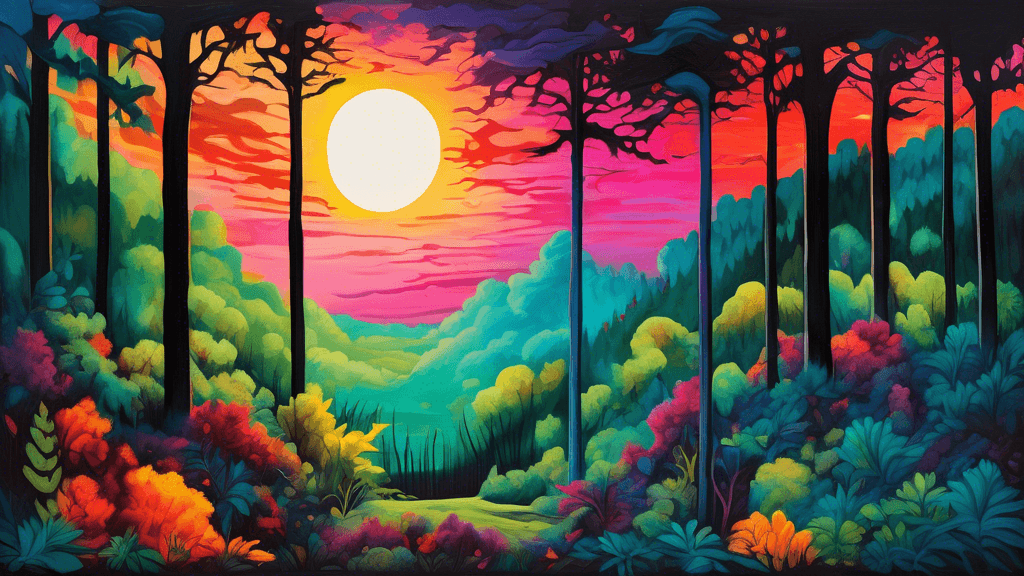
Exploring the Impact of Light and Dark in Visual Storytelling
Share
The Significance of Light and Dark in Visual Arts and Storytelling
We often hear that a picture is worth a thousand words. But what elements of an image can convey such profound stories? Among the most powerful tools in a visual artist's arsenal are light and darkness. This duo extends beyond mere exposure settings; they weave complex narratives that deeply influence the perception and emotional impact of an artwork. But who can benefit from understanding this intricate dance of shadows and highlights?
Who Benefits From Understanding Light and Dark in Visual Storytelling?
Photographers, filmmakers, painters, and even graphic designers leverage the nuances of light and dark to enhance their narratives. Whether you are a professional artist or an aspiring creator, understanding how light shapes the way we perceive and feel about art is indispensable. Let’s dive deeper into how light and dark influence visual storytelling and why it makes such a difference.
How Light and Dark Shape Emotions and Narratives
Light and dark are more than just visual effects; they are storytelling devices that set the mood, emphasize emotions, and guide the viewer's eye. But how exactly do they do this? Here are several cohesively compiled reasons:
- Mood Setting: The overall brightness or darkness of a scene can instantly convey a mood. Bright, evenly lit scenes often feel open and positive, while shadows can introduce mystery, fear, or sadness.
- Focus: Our eyes are naturally drawn to lighter parts of an image. Artists use light areas to draw attention to key elements of their composition.
- Depth and Dimension: By playing with light and dark, artists can create depth or flatness. Shadows and highlights can sculpt forms, making them rounder and more dynamic, or flatten them to appear more abstract and surreal.
Examples of Light and Dark in Classical and Modern Art
The use of light and dark has been pivotal throughout the history of art. In the Renaissance, artists like Caravaggio pioneered the technique known as chiaroscuro, using stark contrasts between light and dark to add drama to biblical scenes. Fast forward to modern cinema, and you see directors like Steven Spielberg using backlight to create silhouettes that evoke suspense or awe.
But how does this translate into practical advice for up-and-coming photographers or filmmakers?
Practical Tips for Utilizing Light and Dark in Your Art
Understanding the theory behind light and darkness is one thing, but applying it effectively is quite another. Here are some hands-on tips to help you harness their power in your visual narratives:
- Experiment with Sources of Light: Don’t just rely on natural light. Use candles, lamplight, or even streetlights to add interesting shades and highlights to your composition.
- Use Contrast: Create tension and interest by juxtaposing bright and dark elements within the same frame.
- Manipulate Shadows: Sometimes, what you omit can be as potent as what you include. Shadows can be shaped to obscure or suggest details that fuel the viewers' imagination.
- Reflect on the Time of Day: The quality of natural light varies greatly throughout the day. Golden hours in the morning or late afternoon provide warm lights and long shadows and can drastically change the mood of your scenes.
The dance between darkness and light will always remain — the stars and the moon will always need the darkness to be seen, the darkness will just not be worth having without the moon and the stars. - C. JoyBell C.
Conclusion
The interplay of light and dark in visual storytelling is more than just a technical skill; it's a form of emotional and narrative expression. As we look to convey our messages, may we remember the dynamic power of these opposites. They don't just illuminate visuals; they illuminate feelings and thoughts, giving depth to what might otherwise be flat and unengaging.
Are you ready to explore the potential of light and shadow in your visual works? Whether capturing landscapes, crafting character-driven films, or drawing illustrative masterpieces, challenge yourself to think deeply about how light and dark can tell your artistic stories. Experiment, observe, and, most importantly, create with emotion and intention. Your lens, your canvas, awaits your unique story.





